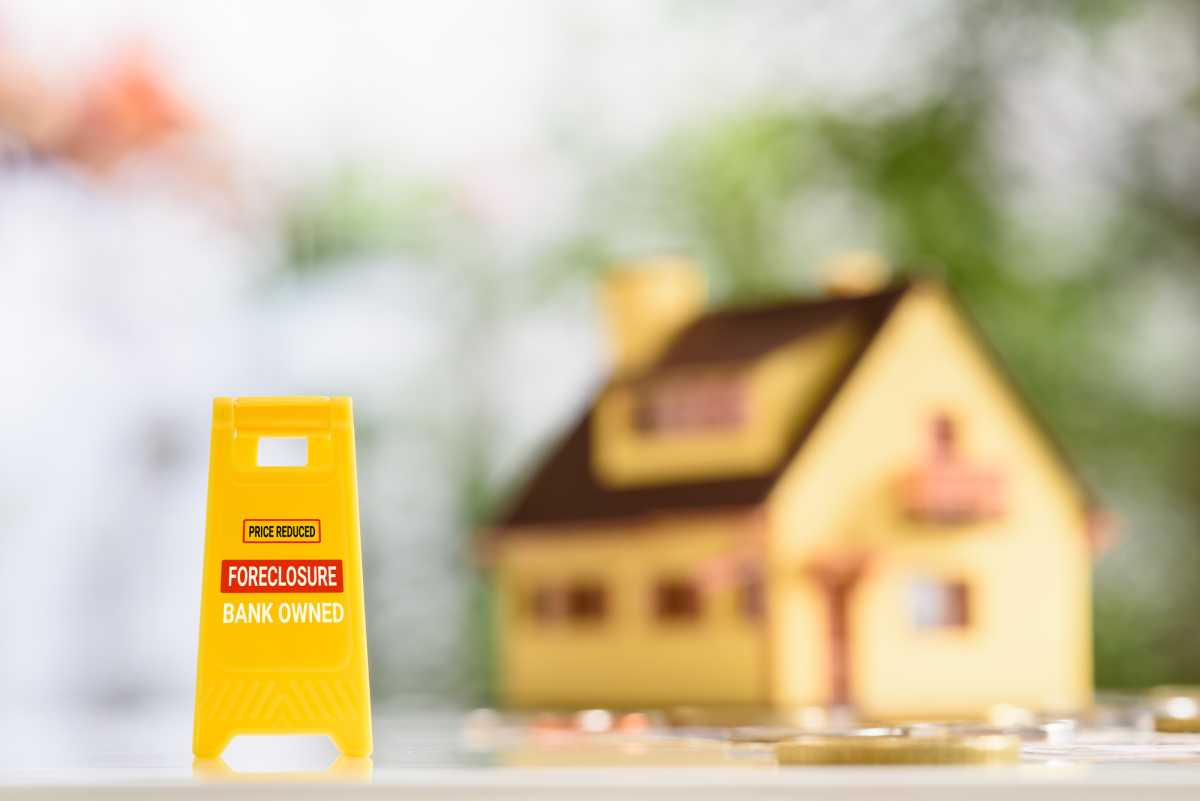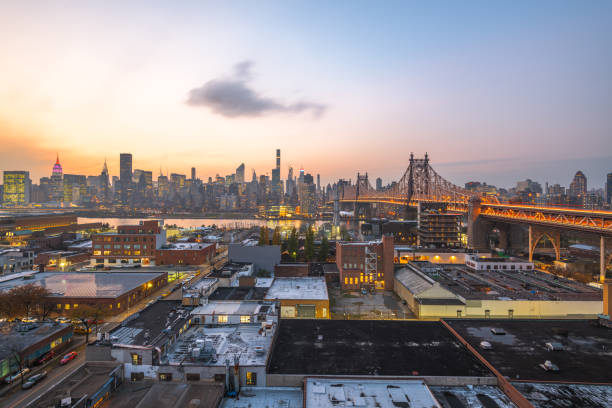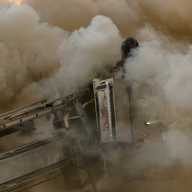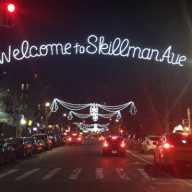First-time foreclosure filings across the broader New York metro area declined significantly in 2024, according to PropertyShark’s latest foreclosure report.
The report released on Monday, Jan. 20, reveals a 14% year-over-year drop compared to 7,264 cases in 2023. It expanded its coverage to include 12 New York and 12 New Jersey counties, highlighting contrasting trends across the region.
Foreclosure is the legal process by which a lender seizes and sells a property when a homeowner cannot make their mortgage payments. It often signifies financial distress and can have far-reaching consequences for families, neighborhoods, and local housing markets.
In Queens, which has consistently led New York City in foreclosure activity, these cases highlight the unique challenges faced by residents. With a diverse population and a mix of single-family homes and multifamily dwellings, Queens represents a microcosm of the city’s housing struggles. High foreclosure rates in areas like Jamaica’s zip code 11434 reflect broader economic pressures, including rising housing costs and economic disparities, which continue to shape the borough’s real estate landscape.
While foreclosures decreased in most of the metro area, trends were more mixed in New York markets, with cases rising in five counties and declining in seven. In contrast, only one New Jersey market saw an increase in foreclosures.
New York City followed the broader regional trend but at a slower pace, with residential foreclosures decreasing 9% year-over-year, from 1,620 filings in 2023 to 1,475 in 2024. As in previous years, Queens remained the borough with the highest number of foreclosures, accounting for 39% of the city’s cases. The borough’s 581 first-time filings represented 9% of the metro area’s total, making it the second-most active foreclosure market overall.
Queens remains NYC’s foreclosure hotspot
Queens neighborhoods saw varying levels of foreclosure activity; the borough's foreclosure hotspot was zip 11434, covering Rochdale, Jamaica, Saint Albans, and Brookville—leading the borough with 41 new filings. Despite the borough’s high overall numbers, foreclosures in Queens mirrored the metro’s downward trend.
Brooklyn, while experiencing a 17% year-over-year decline, remained the fourth-most active market in the metro area, with 451 cases in 2024. Meanwhile, Manhattan maintained a relatively stable foreclosure rate, with just a 4% year-over-year decrease, ending the year with 163 filings.

Bronx sees sharpest foreclosure increase
The Bronx diverged sharply from citywide trends, recording a 76% year-over-year surge in first-time foreclosure filings—the steepest increase across the metro area.
Closing 2024 with 144 first-time cases, the borough saw foreclosure activity accelerate even as the rest of the city experienced declines. This dramatic rise also marked a significant shift in the Bronx’s role in the post-pandemic foreclosure landscape. Once the city’s least-active foreclosure market, the Bronx ceded that position to Staten Island, which ended the year with 136 first-time filings following a 31% year-over-year drop.
The stark contrast highlights the Bronx’s unique challenges in navigating foreclosure trends within a broader context of housing market stabilization.
Outside New York City, Suffolk County emerged as the most active foreclosure market in the metro area, with 933 filings, accounting for 15% of the region’s total.
Notably, first-time foreclosure cases decreased by at least 20% in half of the metro’s markets, reflecting a broader recovery in property stability.
Commercial foreclosures in New York City saw a 20% year-over-year decline, with 72 cases reported in 2024. This drop aligns with the region’s overall improvement in foreclosure rates.




































